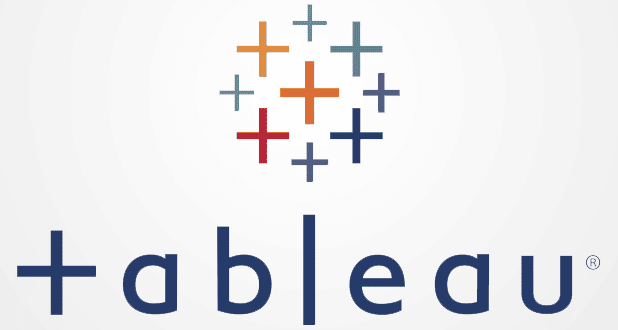
Tableau Posts Subscription Annual Recurring Revenue of $195.5 M for 2017
Lorem ipsum dolor sit amet, consectetur adipiscing elit. Ut elit tellus, luctus nec ullamcorper mattis, pulvinar dapibus leo.
Source: Tableau

Last week, Tableau Software Inc. (NYSE: DATA), a Seattle-based data visual software developer, reported strong 2017 financials, including total revenue of $877.1 million, a 6 percent increase over the prior year’s revenue of $826.9 million.
More impressive, however, was the company’s total annual recurring revenue of $596.2 million, a 45 percent year-over-year increase over $411.2 million at the end of Q4 2016, and subscription annual recurring revenue of $195.5 million, a 235 percent year-over-year increase over $58.4 million at the end of Q4 2016. Ratable license bookings were 41 percent of total license bookings, compared to 17 percent for 2016.
The news wasn’t all good though. The company also reported a GAAP operating loss of $191.0 million, compared to a GAAP operating loss of $139.6 million in 2016. Tableau’s GAAP net loss for 2017 was $185.6 million, or $2.35 per diluted common share, compared to $144.4 million, or $1.92 per diluted common share, in 2016.
‘Customers continued to embrace our subscription offerings in the fourth quarter with over half of our license bookings now recognized ratably,’ said Adam Selipsky, President and CEO in an earnings release. ‘With the lower upfront cost and reduced risk that subscription licensing offers to customers, a record number of organizations are turning to Tableau as the mission-critical analytics platform for their data needs.’
Here are financial highlights from the fourth quarter of 2017:
- Total revenue was $249.4 million, a 1 percent decrease from $250.7 million in Q4 2016. This beat revenue expectations by nearly $9 million, according to The Seattle Times.
- Retable license bookings were 51 percent of total license bookings, compare to 20 percent in Q4 2016.
- GAAP operating loss was $43.5 million, compared to $16.9 million for Q4 2016.
- GAAP net loss was $41.8 million, or $0.52 per diluted common share, compared to $21.1 million, or $0.28 per diluted common share in Q4 2016.
- Diluted non-GAAP net income per share was $0.12, $0.09 per share higher than analysts had predicted.
In the company’s earnings release, Tableau noted that chief financial officer Tom Walker would step down after more than 13 years at the company. Walker will take a six-month sabbatical starting in April. Tableau’s board of directors has appointed Damon Fletcher, senior vice president of finance, as interim CFO, effective immediately. Tableau also appointed Gerri Martin-Flickinger to its board. Martin-Flickinger is executive vice president and chief technology officer for Starbucks.
Source: Tableau

Tableau’s losses are not unexpected. In 2016, the company announced it would shift toward a subscription model, making entry more affordable for smaller companies. At that time, the company predicted it would experience short-term losses in favor of long-term, sustainable revenue.
On February 2, the day after financials were released, Tableau’s stock price jumped from $77.09 per share on February 1 to $84.01 on February 2. As of 4:45 p.m. EST yesterday, Tableau stock was valued at $79.30 per share.
Source: Google Finance

Insider Take:
Tableau took a hit when it moved from a licensing model to a subscription model, but within a year, the company’s annual recurring revenue, subscription annual recurring revenue and ratable license bookings have all increased dramatically over 2016. Selipsky, now about 15 months into the job, said the subscription licensing makes it easier for companies to access data visualization software, giving them the ability to scale the product while reducing risk and initial financial outlay.





